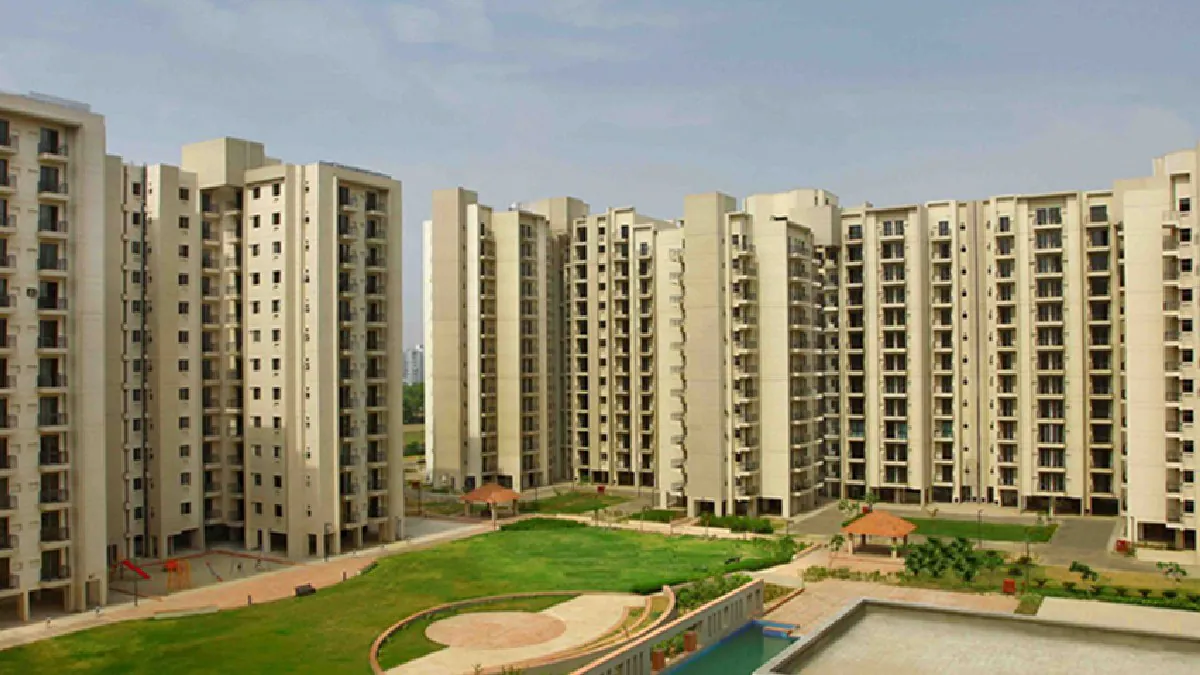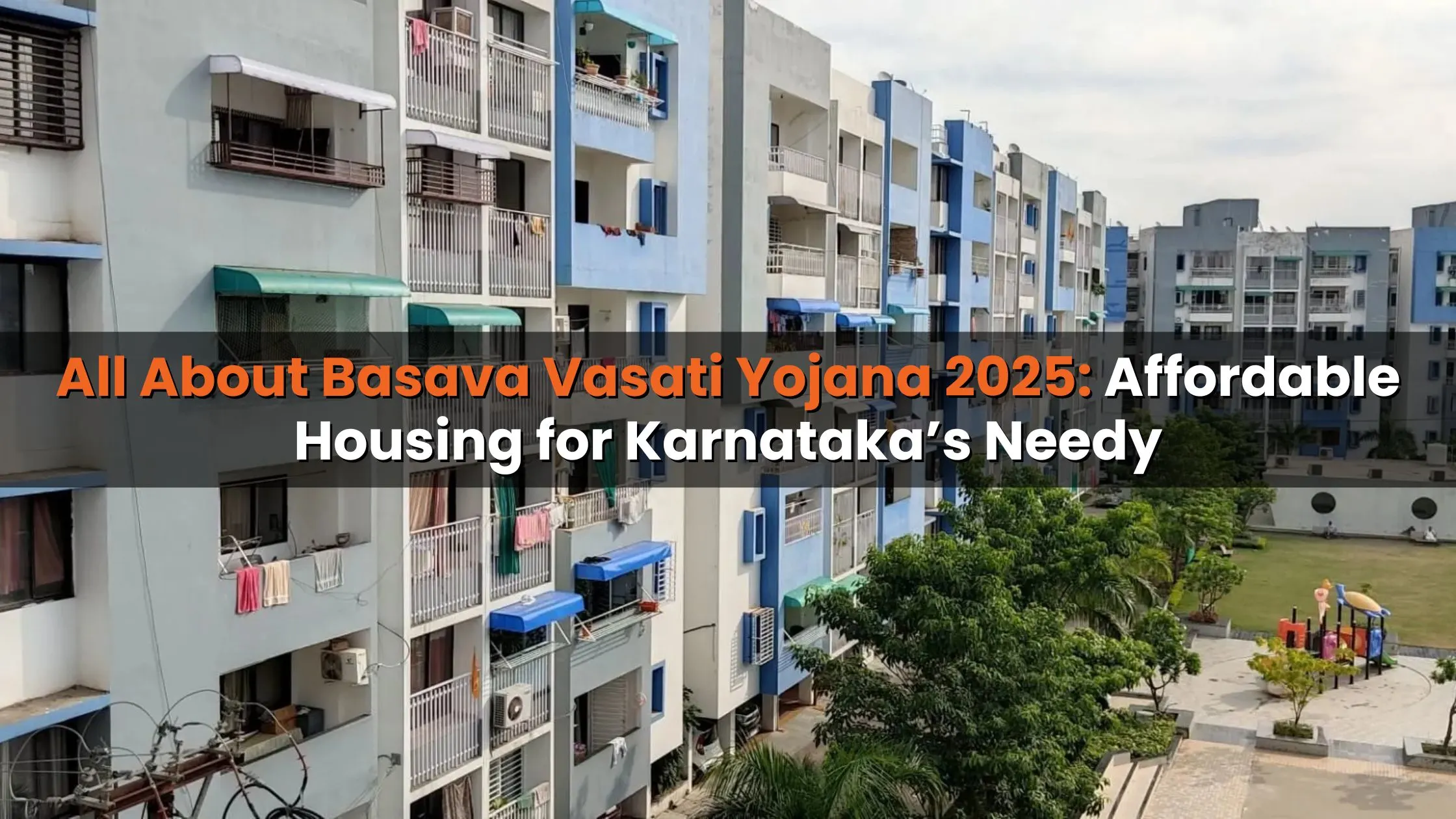Table of Content
1. Introduction
The Delhi Development Authority (DDA) has launched several housing initiatives over the years to cater to the growing demand for affordable homes in Delhi. Among these initiatives, the DDA Sasta Ghar Housing Scheme stands out as a significant effort to provide budget-friendly housing solutions to the city’s residents. This article provides an in-depth look at the DDA Sasta Ghar Housing Scheme, including its key features, eligibility criteria, application process, and how it benefits potential homebuyers.
2. Overview of DDA Sasta Ghar Housing Scheme
The DDA Sasta Ghar Housing Scheme is designed to offer affordable housing options to low and middle-income families in Delhi. This scheme aims to address the challenges faced by residents in finding reasonably priced homes within the city’s limits.
2.1 Objectives of the Scheme
- Affordable Housing: To provide cost-effective housing solutions to ensure more people can own a home in Delhi.
- Urban Development: To facilitate the organized growth of urban areas and reduce congestion in densely populated regions.
- Improving Living Standards: To enhance the quality of life for low and middle-income families by providing them with decent housing.
2.2 Key Features
- Types of Housing Units: The scheme offers various housing options, including flats and plots. Flats come in different configurations such as 1 BHK, 2 BHK, and 3 BHK, while plots allow for self-construction of homes.
- Locations: Units are available in various parts of Delhi, including suburban and urban areas, as well as developing localities.
- Amenities: Housing units are equipped with essential utilities like water, electricity, and sewage systems, along with additional amenities such as security services, recreational facilities, and access to transportation.
Also Read: Top 10 Affordable Housing Projects in Sohna, Gurgaon
3. Eligibility Criteria
To apply for the DDA Sasta Ghar Housing Scheme, applicants must meet specific eligibility requirements:
3.1 Income Criteria
- Low-Income Groups (LIG): Individuals or families with an annual income up to ₹3 lakh.
- Middle-Income Groups (MIG): Individuals or families with an annual income between ₹3 lakh and ₹10 lakh.
3.2 Age and Residency Requirements
- Age: Applicants must be at least 18 years old.
- Residency: Preference is given to residents of Delhi or those who have lived in the city for a considerable period.
3.3 Other Criteria
- No Existing Property: Applicants should not own any residential property in Delhi or other urban areas.
- Family Status: Both single individuals and families are eligible to apply, though family status may influence the type of housing unit available.
DDA Sasta Ghar Housing Scheme: Key details
| Date of advertisement | 12.08.24 |
| Help desk operational for training and information on FCFS | 20.8.24 |
| Brochure ready for download | 20.8.24 |
| Registration start date | 22.08.24, 11 AM |
| Flat booking start date | 10.09.24, 11 AM |
| Scheme closure date | 31.03.2025 |
| Allotment | First-come-first-serve basis |
| Type of flats | LIG and EWS flats |
| Location | Ramgarh Colony, Siraspur, Rohini, Loknayakpuram and Narela |
| Number of flats on offer | 34,177 |
4. Application Process
Applying for the DDA Sasta Ghar Housing Scheme involves several steps:
4.1 Obtaining the Application Form
- Where to Get It: Application forms can be obtained from the DDA office or downloaded from the DDA website.
- How to Fill: Complete the form with accurate personal details, income information, and preferred housing unit options.
4.2 Required Documents
- Identity Proof: Examples include Aadhaar card, passport, or voter ID.
- Address Proof: Utility bills, rental agreements, or property documents.
- Income Proof: Salary slips, income tax returns, or other relevant documents.
- Photographs: Recent passport-sized photographs of the applicant and family members.
4.3 Submission of Form
- Submission Location: Submit the completed form and documents to the DDA office.
- Application Fee: Pay the non-refundable application fee, which varies based on the housing unit type and applicant category.
Also Read: Affordable Housing Projects: Gurgaon, Sohna, Panchkula, DDJAY Plots Complete Details
4.4 Selection Process
- Screening: Applications are initially screened for eligibility and completeness.
- Draw of Lots: In case of high demand, a lottery or draw of lots may be used to select successful applicants.
- Verification: Shortlisted applicants undergo further verification of their documents and eligibility.
4.5 Allotment and Payment
- Allotment Letter: Successful applicants receive an allotment letter detailing the housing unit and payment schedule.
- Payment: Make the required payments as specified, including down payments and other charges.
- Possession: Upon completing the payment, applicants receive possession of their housing unit.
5. Government Policies and Support

5.1 Pradhan Mantri Awas Yojana (PMAY)
- Overview: A central government scheme aimed at providing affordable housing to all.
- Benefits: Offers subsidies on home loans, interest rate reductions, and financial assistance for eligible applicants.
- Integration: The DDA Sasta Ghar scheme may be combined with PMAY benefits for additional support.
5.2 State Government Schemes
- Additional Subsidies: Delhi state government may offer further subsidies or financial assistance to complement the DDA Sasta Ghar scheme.
- Special Loan Schemes: Banks and financial institutions may provide special loan offers or lower interest rates for applicants.
6. Challenges and Solutions
6.1 Common Challenges
- High Demand: Limited number of units compared to the number of applicants.
- Documentation Issues: Incomplete or incorrect documentation can cause delays.
- Payment Affordability: Difficulty in managing the financial aspects of the payment process.
6.2 Solutions
- Early Preparation: Start the application process early and ensure all documents are accurate and complete.
- Financial Planning: Plan finances carefully and consider potential subsidies and assistance programs.
- Professional Advice: Seek guidance from real estate professionals or financial advisors to navigate the process effectively.
7. Benefits of DDA Sasta Ghar Housing Scheme
7.1 Affordable Homeownership
- Cost Savings: Offers budget-friendly housing options that reduce the financial burden on homebuyers.
7.2 Improved Quality of Life
- Better Living Standards: Provides decent housing with essential amenities, contributing to a better quality of life.
7.3 Support for Low and Middle-Income Families
- Economic Relief: Helps low and middle-income families achieve homeownership in a city with high property prices.
Conclusion
The DDA Sasta Ghar Housing Scheme represents a significant step towards making homeownership accessible to a larger segment of Delhi’s population. By understanding the key features, eligibility criteria, and application process, potential homebuyers can take advantage of this opportunity to secure an affordable home. With proper preparation and adherence to the guidelines, you can successfully navigate the application process and benefit from this important housing initiative.
Also Read: Challenges and Solutions of Affordable Housing in India

_1725013315.webp)


_1755760620.webp)


_1767854635.webp)

_1767769068.webp)


Ans 1. The DDA Sasta Ghar Housing Scheme is a program by the Delhi Development Authority to provide affordable housing options to low and middle-income families in Delhi.
Ans 2. Low and middle-income groups, residents of Delhi, and individuals who do not own residential property are eligible to apply.
Ans 3. Obtain and complete the application form from the DDA office or website, submit it along with required documents, and pay the application fee.
Ans 4. Identity proof, address proof, income proof, and recent photographs are required.
Ans 5. Yes, a lottery system may be used to select successful applicants if demand is high.